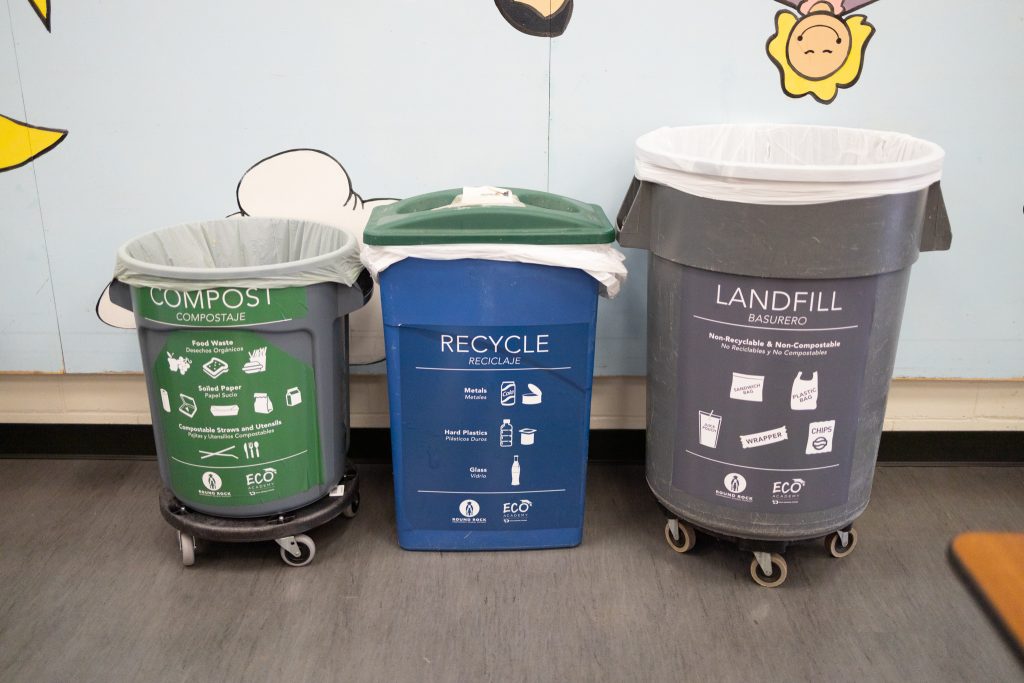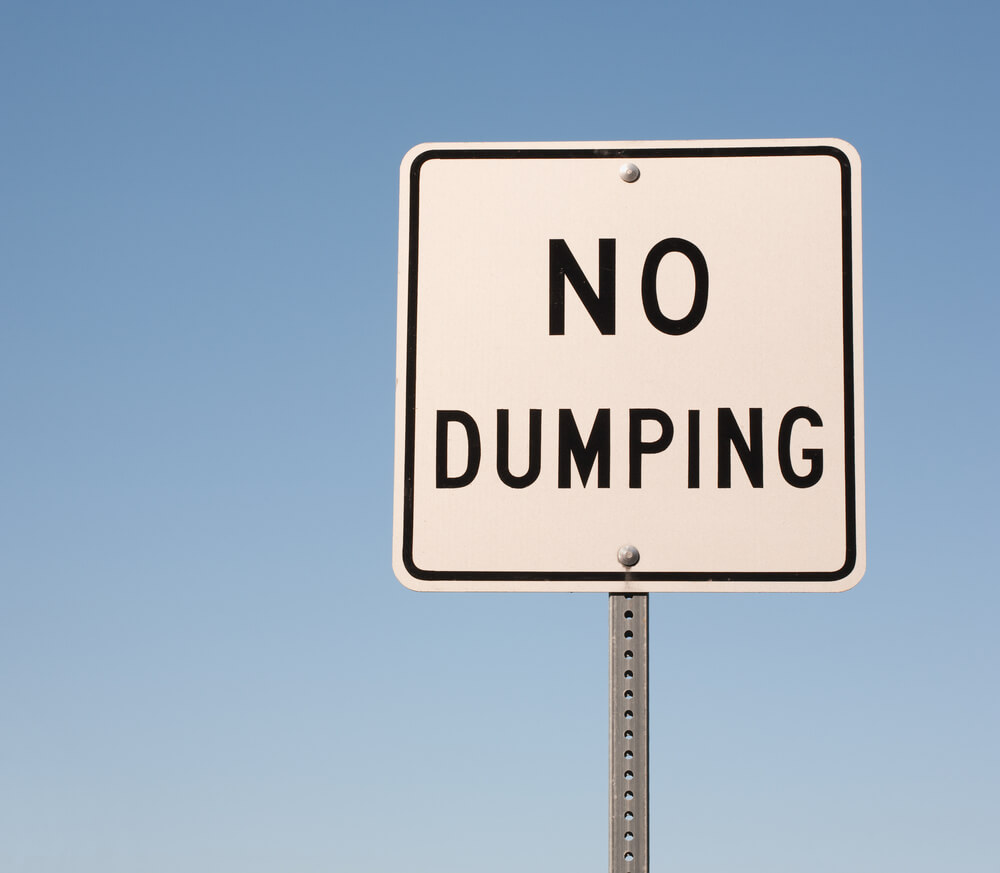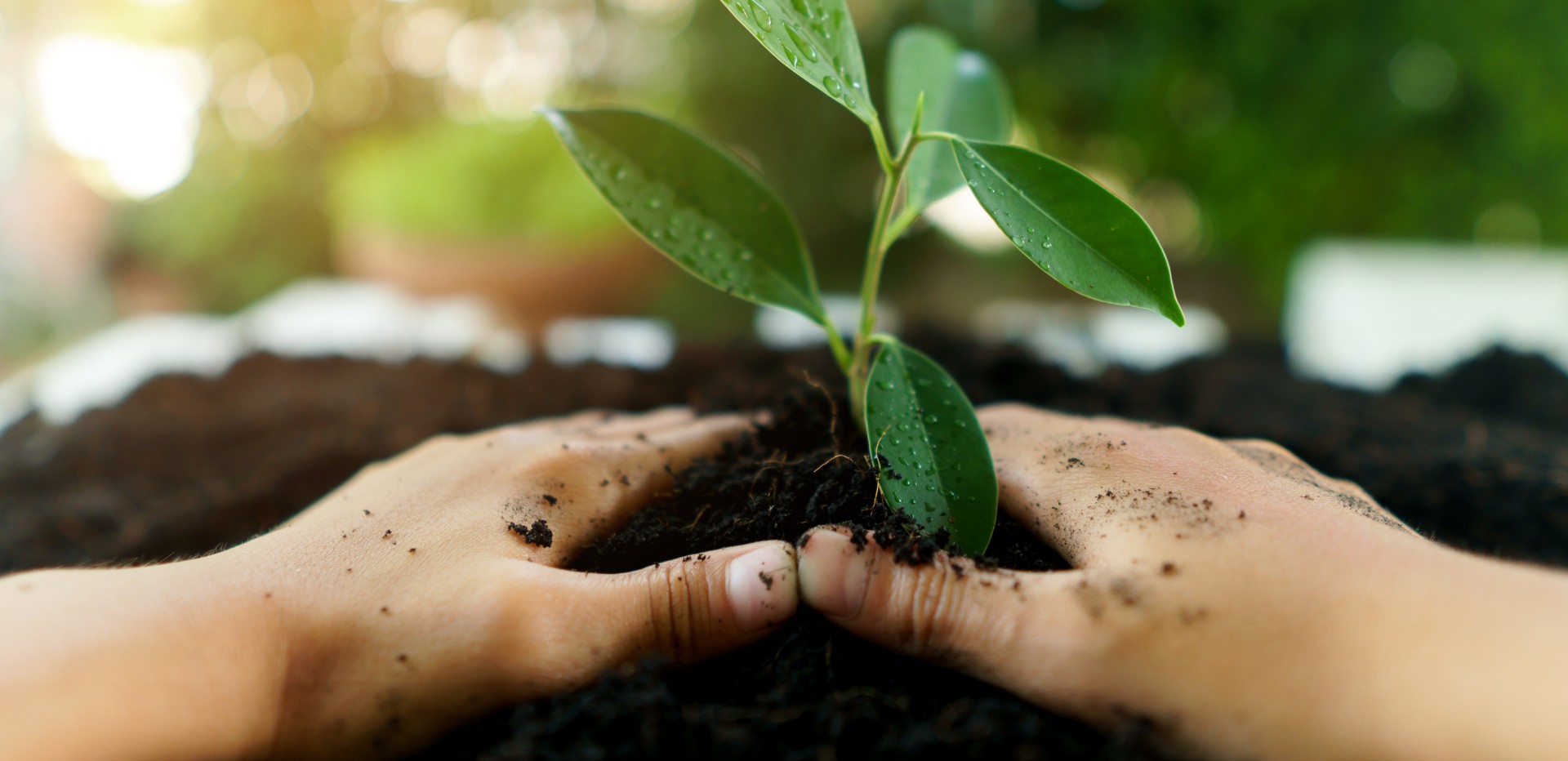For many, the 2022-2023 school year is a return to academic normalcy after a variety of learning arrangements, whether full-time remote, hybrid or a little of both.
As with any return, it takes some adjustment to get back into the swing of things. Students, faculty and staff are returning to an environment they’ve been in and out of for two years, with some entering the building for the first time.
No matter the role each person plays in your school’s community, we all want a smooth return to the classroom. “Smooth” involves everyone doing their part—making sure students are on time, coordinating drop-off and pick-up or simply getting through the classroom door before the bell rings. However, we often forget that “smooth” involves how our resources exit the building as well.
According to a pre-pandemic World Wildlife Fund Report, U.S. school food waste totals 530,000 tons per year– and that’s just food. At least 40 percent of the typical school waste stream is paper, with glass and plastic beverage containers making up an additional 15 percent.
With this level of potential waste in mind, it’s crucial that all members of each school’s community are educated on how to properly dispose of their waste. Each ton of recycled paper can save 17 trees, while recycling just one glass bottle saves enough energy to power a light bulb for four hours.
When waste items like paper and glass are thrown in the trash instead of recycled, they’re sent to a landfill. The EPA has identified the decomposition of paper as among the most significant sources of methane, while glass takes over 4,000 years to decompose if not recycled.
So, how can your school play its part to ensure that everyone is disposing of their waste properly? Here are tips for all members of your school community.
Administrators
There’s no one in a better position to make high-level change in schools like administrators.
1. Meet with TDS for a waste audit
First things first: take a look at how your students, faculty and staff are disposing of their waste at the beginning of the school year by conducting a waste audit. From there, you’ll know where your community’s opportunities for improvement are, and can develop a system that directly targets them
2. Inspire your students to get curious
If you’re looking for a speaker to fill that open assembly spot, someone with a background in waste services can inspire students to get curious about their own role in the waste disposal process.
Students can also participate in waste challenges cheered on and motivated by their administrators
3. Think about a community garden
It’s well documented that community gardens teach students about food systems, responsibility and teamwork. When it comes to waste processing, community gardens also serve as a receptacle for compost, an unsuspecting material that plays a big role in waste diversion.
Teachers
As adults whose role forms personal connections with students, teachers have the ability to affect change in the classroom.
1. Ensure that you have appropriate waste disposal bins in your classrooms
The best way to make sure that you and your students contribute to proper waste disposal is to outfit your classroom with the correct waste disposal bins. While walking through classroom etiquette at the beginning of the year, take a second to go over waste processing protocol. No matter the grade level, your students will appreciate a quick reminder.
2. Utilize Eco Academy Materials
At TDS, we strive to make a long-lasting and positive investment in the future. That’s why we’ve created a comprehensive education program, called Eco Academy, to help educate K-12 students about trash, recycling and composting options on their campuses. The program provides training, signage, curriculum options and other educational materials to make learning fun. Take advantage of the Eco Academy by integrating it into your curriculum.
Custodial
No one else is in the position to observe the inner workings of schools quite like custodial staff.
1. Ensure clear signage
Small steps can go a long way when it comes to signage. While managing the area around waste disposal bins, take a second to look at the signage in the area. If labels have been removed or have been damaged, replace them with clear signage. The simple act of clear signage on bins increases correct waste disposal practices exponentially.
2. Request trainings for any gaps in knowledge
As each school has its own waste disposal practices, it can be tricky to get clarity on a school’s best practices or waste diversion goals. There’s no shame in requesting a training on something you’re unclear about, or simply clarifying with your manager.
Remember, if you have a question, it’s likely that someone else does too.
Parents
While parents are not in the building as often as administrators, staff and students, they play a very active role in the life of your school and are able to contribute their support and expertise if you engage them.
1. Use electronic communication instead of paper
Sending an email instead of a note helps minimize your waste impact and oftentimes, it’s much quicker and easier than paper.
2. Educate yourselves so that you’re equipped to answer your child’s questions!
The best way to answer a child’s questions or concerns about their role in the waste process is to educate yourself first. Parents should feel very comfortable reaching out to their child’s teacher or school administration with questions about practices specific to the school. If you want to ensure your school team is well-versed and ready to respond regarding the importance of waste diversion, what to recycle or composting, TDS offers free educational resources on our blog.
Students
The dominant force in schools, students have the ability to create change from the ground up.
1. Ask questions
Ensure students understand that they play an important role in the school community and that making school process more sustainable will positively impact the future. If students have questions, they should be able to reach out to teachers or parents and get answers, or at least a starting point for their own research. To prepare for their questions, request information from TDS, including Eco Academy programming.
2. Push for projects that reuse materials
There are lots of opportunities to get creative with school projects. If teachers or students see an opportunity to creatively reuse materials, it can become an exciting brainstorming project in class!
While going back to the classroom full-time might feel stressful at first, it’s an exciting opportunity to see new faces and get back to normal post-COVID. Additionally, it’s a chance to create new processes that will engage our students and make our schools a better place to work and learn.
If you have any questions, reach out to TDS to see how we can be an asset to your school’s community.




